Quant
(qnt)
Not AvailablePrices are in USD.
Market Data For Quant
| Current Price | $88.85 |
| Market Cap | $1,488,224,640 |
| Market Cap Rank | #70 |
| Total Volume | $22,771,868 |
| High 24H | $102.69 |
| Low 24H | $96.56 |
| Price Change 24H | 5.31% |
| Price Change Percentage 24H | 5.47% |
| Market Cap Change 24H | $72,570,040.00 |
| Market Cap Change Percentage 24H | 5.13% |
| Circulating Supply | 14,544,176 qnt |
| Total Supply | 14,612,493 |
| All Time High |
$427.42
-76.09%
September 11, 2021 |
| All Time Low |
$0.22
August 23, 2018 - |
Coin Data For Quant
About Quant
Quant Coin Review: Mining Guide, Price & Analysis of Quant Cryptocurrency
Quant coin is a general-purpose cryptocurrency that was created in 2015 by Gilbert Verdian. It runs on ERC-20, which is an Ethereum-based utility token on blockchain technology. The UK-based coin has a ticker symbol, QNT.
The technology has Overledger OS and Overledger Network. Overledger OS is a disseminated ledger technology utility system. It is technologically agnostic, implying that users are not limited to a single technology provider while linking to different blockchains and networks.
An Overledger network is a distributed "network of networks," connecting different DLT networks. Overledger Network uses ERC-20 token to verify transactions, pay the accruing fee, and reward participants providing services.
The motivation behind this invention was to intertwine the rapidly increasing platforms built on Ethereum, as the use of a single protocol was becoming cumbersome.
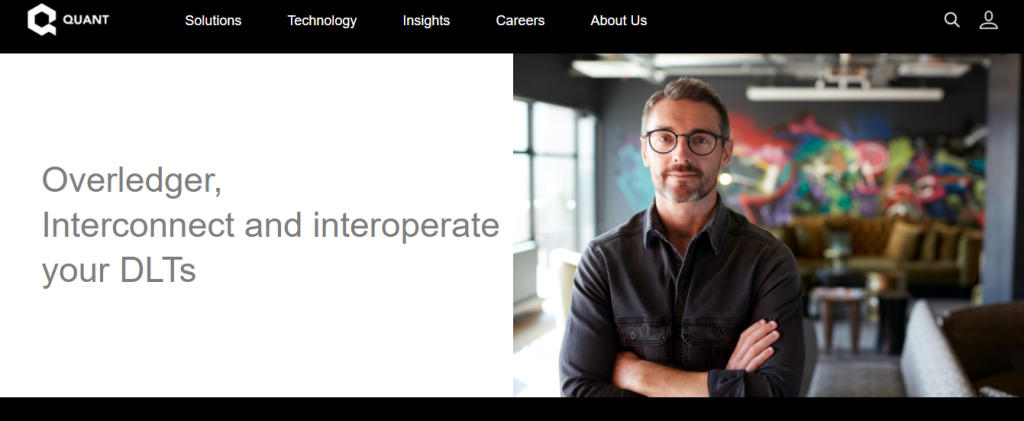
This invention would allow seamless interoperability among internal ledgers and external networks. The other reason was to develop a specific blockchain that would not be cost-intensive or technologically demanding.
The proof-of-work algorithm runs the Ethereum blockchain and allows miners to compete and put additional new blocks. Before posting any records, the transactions must be confirmed by a majority of nodes. Quant circulating supply is 12,072,738 QNT coins.
History of Quant
QNT was initially availed for sale as a token generation in April 2018. The Overledger Network it runs on was formalized in September 2019 and launched in June 2020.
Developers team
Gilbert Verdian created the QNT in 2015. The coin, through its DLT network, aimed to solve interoperability issues in the blockchain industry. Gilbert founded the Blockchain's ISO Standard TC307.
Collin Paterson and Jean-Paul are other key persons who were involved in this development. The team raised USD 11 million from an ICO, which happened in April 2018.
The quant team is working towards creating business Apps that will enable its users to take advantage of the system's decentralized nature and operations across multiple chains. The team has an interest in developing fields such as;
- Identity broker solutions that can b used to verify users and permit them to access blockchains.
- Fiat currency access.
- Middleware products like treaty contracts.
- Electronic health record.
- Establishment of a fully decentralized message formula.
Additionally, the Quant team is working towards licensing the scheme for its primary technology.
Quant Algorithm
Quant mainly serves as a payment method for the blockchain OS, Overledger. It allows Decentralized applications (DApps) to interact with other blockchains. This way, developers are enabled to create multi-chain applications (Mapps).
The Overledger architecture has four different components;
- Transaction layer, which stores transactions through ledger technology. This layer comprises both isolated and varied ledgers. Here, all operations should reach a consensus in many blockchains domains. Related activities are placed in a single layer, thus simplifying the process of alignment.
- Messaging layer is the logical layer that handles all data retrieved from relevant ledgers. Types of data included here are metadata, transaction data, and smart contract data. This layer stores all transaction information and processes contacting between several applications.
iii. Filtering and ordering layer. It handles messages retrieved from transaction information. The level also establishes connections of exchanges from the messaging layer. It is in this layer that the validation of transactions takes place.
Iv. Application layer. Messages that meet the threshold update the state of an application here. Applications make references using hash pointers to refer to ledger transactions. These pointers also identify transactions from databases.
Privacy and Security
Every transaction in the network validates with the option of encrypting the exchange and signing. All developers, users, enterprises, and applications must authenticate each transaction, and after encryption, Quant can neither alter nor view a transaction.
Users can store Quant coins in wallets consisting of public and private keys. There are a variety of wallets, which include; Hardware wallets provide users with high-level security. They are offline and only online when transacting. Examples include Trezor One and Trezor Model T.
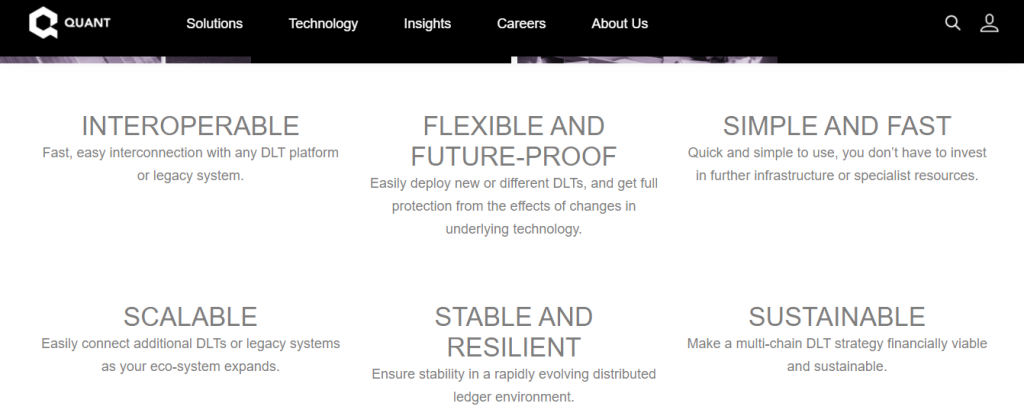
Mobile wallets offer convenience to users due to their portable nature. Examples are; Coinbase, and Coinbank. Paper wallets that exist as printouts of private and public keys. Their level of online security is very high.
Desktop wallets are accessible and only work from the computer on which they have installed. Examples include Freewallet.io., BitPanda. Online wallets run on a server and are accessible from any location and device. Examples of wallets include Bitinka, Freewallet.io., and Coinbase Wallet. These wallets ensure the privacy of users as they are only be accessed by the owner through a private key.
Mining Quant
Proof-of-work protocol is used to mine Quant. The challenge here is a transaction that is in the form of a cryptographic puzzle. A miners' computer should crack this puzzle for a transaction to go through. Solving the puzzle is the proof of miners' work and provision of his hardware for transactions validation. The more the hash power provided by a miner, the greater the Quant reward.
Performance
The sale of the QNT token lasted for a day only. After its release into the cryptos market in August 2018, its value increased throughout, unlike most Initial Coin Offer (ICO) products launched simultaneously. By 2019, the QNT ranked among the top 100 coins.
The Quant's technology has by far simplified access and operations in the digital platforms. Overledger OS has emerged as a backbone, and the digital economy should develop on this in the future. It is the single platform that facilitates inter-scales developments of distributed multi-chain applications. Key competitors against Quant platform include Cosmos, WAN, and Polkadot.
Advantages
- Offers flexibility by allowing users to swap between ledgers in case of obsolete technology.
- Less costly as it avails a variety of ledgers, and users can shift to the cheapest.
- Overledger has backward compatibility, which allows users to connect to "legacy data sources through external APIS and at the same time, utilize its key features.
- Simplification of the blockchain technology through its highly standardized development interface.
- Stable and resilient.
Disadvantages
- The ASIC hardware for mining is energy and cost-intensive.
Our take on Quant Coin
QNT has simplified interactions and transactions in the crypto world. The ability to shift over multiple ledgers has highly revolutionized the way the digital economy runs.
QNT team is ambitious and working on the crypto landscape by improving access to fiat currency Users looking for a platform that allows scalability and unlimited technology access from various service providers will get the solution.
The platform has also given users the power to choose the technology in which they wish to work. This network is a golden opportunity for users to ensure they exploit all the benefits that comes with decentralized networks.
Through its robust network, the platform can further research into more fields like shifting economic paradigms and their effects. However, the platform should look for a better way through which mining can happen. ASIC is cost and energy demanding and limiting the users who can work with it.
How to buy Quant coin
QNT can be purchased in retail exchanges such as; Hotbit, Bittrex, Poloniex, Uniswap (V2), VCC Exchange, and Bilaxy. The coin is tradeable against cryptos like Ether (ETH), Bitcoin, fiat currencies, and stablecoins.
Final Verdict
QNT is setting the pace in the crypto world, and upcoming cryptocurrencies should emulate the same, albeit with some modifications. Decentralizing DLT networks benefits not only the users but also the general monetary ecosystem.
 $97,172.00
$97,172.00
 $3,109.04
$3,109.04
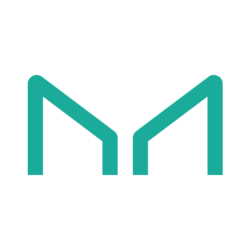 $1,528.07
$1,528.07
 $2,389.10
$2,389.10
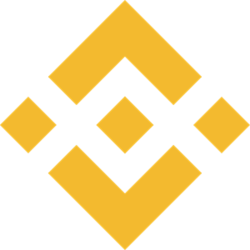 $609.61
$609.61
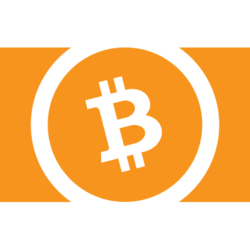 $516.49
$516.49
 $294.43
$294.43
 $161.98
$161.98
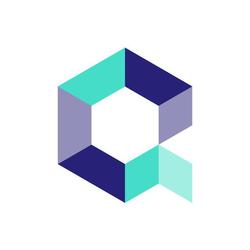 $88.85
$88.85
 $157.97
$157.97
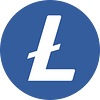 $86.66
$86.66
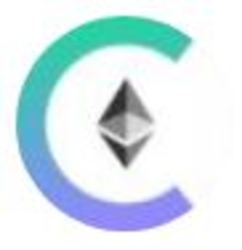 $74.47
$74.47
 $76.21
$76.21
